Liveried servants:
Table of Contents
What is the meant by Livery and liveried servants?
The term livery means any distinctive clothing adorned by the people, in a non-military context. Most often it would indicate that the wearer of a livery was a servant, dependent, follower or friend of the owner of the livery.
Who were liveried servants?
In the 19th century, these clothing were generally given to its servants and household members only by people who could afford such grandeur. Servants of such a household or an estate are known as liveried servants.
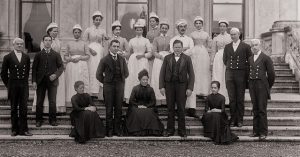
In the Victorian era, it was not just the aristocracy who employed servants since new wealth had trickled into the cities and led to a burgeoning middle class. Employing a servant was a sign of respectability in the eye of the society.
Liveried footman
During the Victorian era, running footman was a high paid post a servant could achieve in the labor class. Footmen were mostly hired according to his physical attributes, a tall and strong person was preferable to be a footman than a short and a lean person.
They were traditionally given a clothing of a waistcoat, a fustian jacket, silver stockings and fur capes twice per year. They were meant to be the attendants who ran beside or behind the carriages of aristocrats.
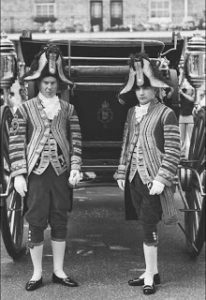
Being a part of the household servant, their job extension also included filling glass, placed and removed dishes, opening or closing doors, carrying heavy items or moving furniture for the housemaid to clean.
Though a footman might find full-time employment, his job was not as essential as a butler, cook, or maid in a large household. However, the work of a footman was not less valued. If the footman left a family within six months of receiving a new livery, he was expected to leave the livery behind when he departed.
Liveried Servants: Chauffeur
In the 19th century, only the wealthiest atrocities were able to hire chauffeurs for themselves. Chauffeurs were actually the private drivers of the vehicles. Not only a driver but a skilled mechanic as well who could deal with breakdowns and tire punctures en route which was quite common in that era.
They were a great sense of respectability towards them in the eye of the society. Chauffeurs were employed for any transportation which was the luxury vehicle in that particular year since the technology was moving at a very high speed from the mid-nineteenth century.
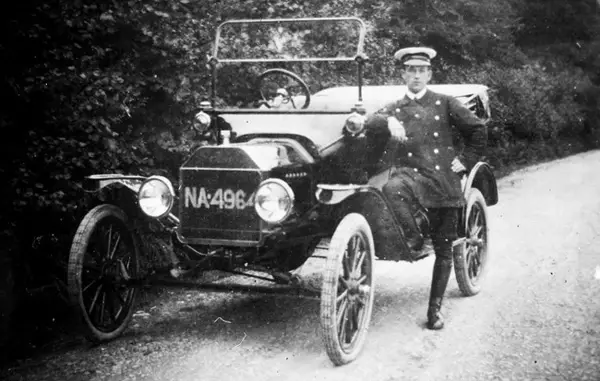
For centuries, the horse and carriage was the first luxury vehicle which was usually decorated with an intricate design to express the symbol of high status. In the early days of automobiles, the demand for chauffeurs was at its peak as people preferred to have someone to drive it for them.
Early automobiles required quite a bit of work to get started, they had a device which required preheating an engine before it started. The chauffeur’s job would have involved priming the hot tubes at the beginning of a journey.
Liveried Servant: Waiter
There was a group of organized men which was more of a body, called waiters. Their main purpose of employment was to wait. Waiters were found to have frequent attendance at public breakfasts, dinners, balls, and routs.
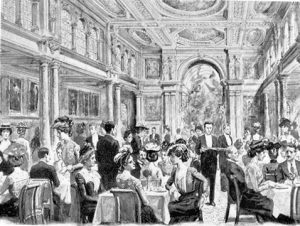
They usually had an engagement diary which listed the days of his appointments in which his presence was necessary. In the height of the seasons, he could reject any upcoming event if he was already booked in prior. It was necessary to give them a notice beforehand to have them give the required service. They were generally dressed in tuxedos on a public event to give them a formal look overall.
Liveried Horse
Before the shift in transportation in the late nineteenth century, horses were the fastest way to travel. More or less every wealthy person could afford a four-legged animal. Since the mere possession of having an animal increased a lot of work which included feeding and taking care, it became a task of a hassle.
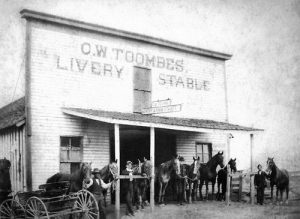
Liveried stables or yards were an easy solution to that problem. These stables charged a fixed amount for all the care including mucking out, exercising or even feeding the horses.
Some stables did not offer to have them exercised, but a full-time livery stable did. These horses are possessed by their owners but were taken care of others. The service provided them with a cost and time efficient solution to the problems the people usually faced.
More Info On- Games of The Victorian Era, Victorian Era Activities for families, men, women, and kids, Victorian Era Entertainment